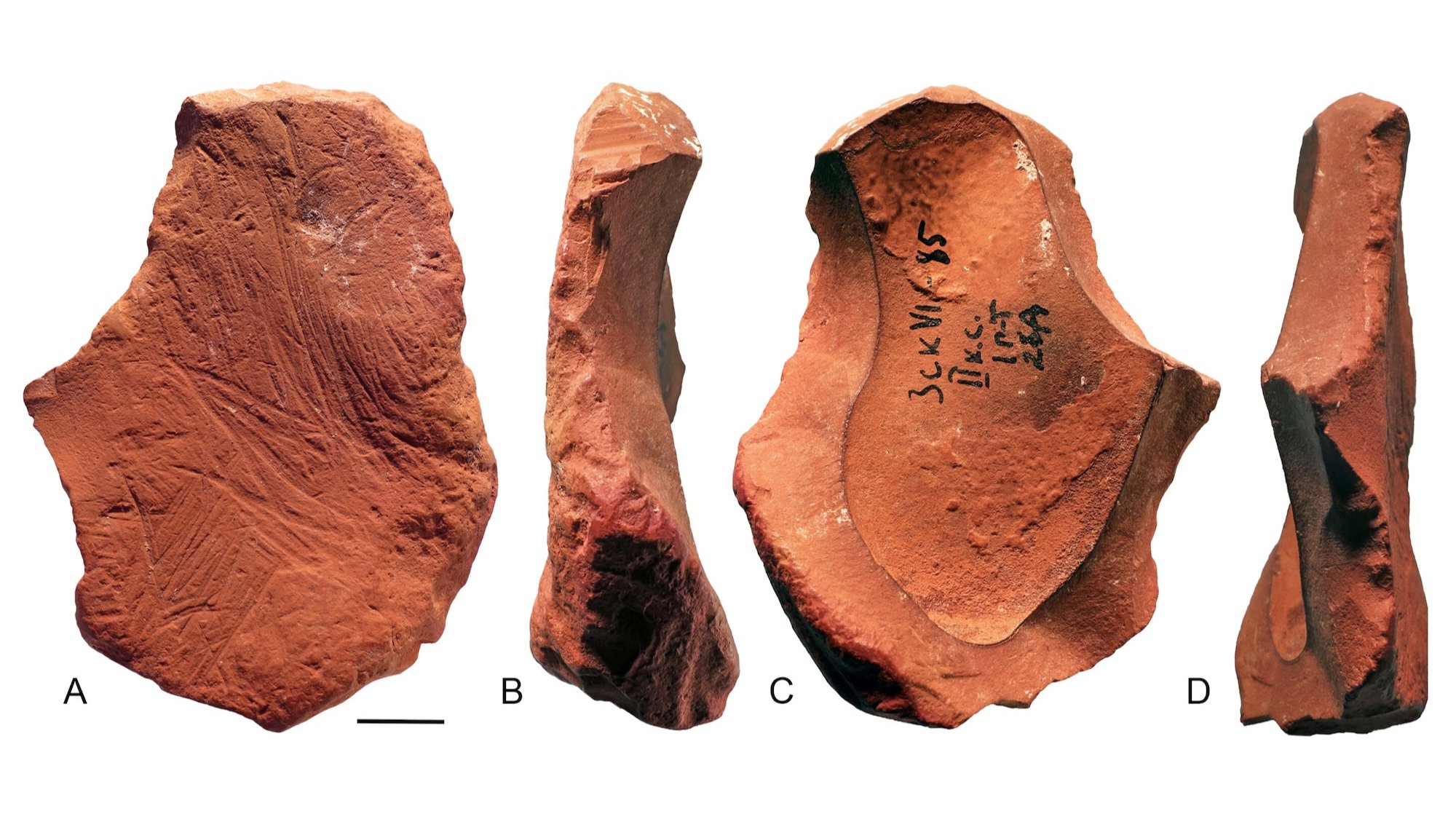Neanderthals, long perceived as simple and primitive beings, are now being redefined through recent scientific discoveries. A new study published in the journal Science Advances reveals that these early hominins possessed artistic abilities, evidenced by their use of pigment materials to create tools for coloring. This finding challenges the traditional view of Neanderthals, showcasing their creativity and sophistication.
A research team led by Francesco d’Errico from the University of Bordeaux conducted extensive fieldwork across various archaeological sites in Crimea and Ukraine. They collected 16 pieces of ochre, a naturally occurring pigment that dates back as far as 70,000 years. Ochre, composed of iron-rich minerals, was utilized by ancient civilizations for various purposes, including art and the tanning of animal hides.
The researchers employed advanced techniques, including scanning electron microscopy and portable X-ray scanning, to analyze the ochre samples. Many of the fragments exhibited signs of use, with polished, sharpened, and engraved surfaces. Among these findings, one piece of yellow ochre was particularly noteworthy. It was shaped into a crayon-like object, indicating its deliberate design for artistic expression.
The analysis revealed that the tip of this ochre fragment had been resharpened multiple times, suggesting it was valued and reused as an artistic tool rather than discarded. The study’s authors stated, “While practical applications (e.g., hide processing) remain plausible for other specimens, the evidence supports symbolic use among some Crimean Neanderthals.” They concluded that at least some of the ochre materials were likely involved in symbolic activities, further bridging the cultural gap between Neanderthals and early Homo sapiens.
This revelation implies that Neanderthals engaged in cultural practices akin to those of their human contemporaries. While both groups may have enjoyed artistic endeavors, the evolutionary narrative remains complex. Despite the shared creativity, only modern humans have persisted through the ages, leaving behind their artistic legacies.
The findings from this study contribute significantly to our understanding of Neanderthal behavior. As researchers continue to uncover evidence of their cognitive and cultural capabilities, the distinction between Neanderthals and early modern humans becomes increasingly blurred. This paints a picture of a rich and intricate prehistoric world, where creativity thrived alongside survival.
In conclusion, the artistic capabilities of Neanderthals, highlighted by their use of ochre as a coloring tool, offer a fascinating glimpse into their lives. This research not only enhances our knowledge of these ancient beings but also reshapes our perceptions of their place in human history.





































































